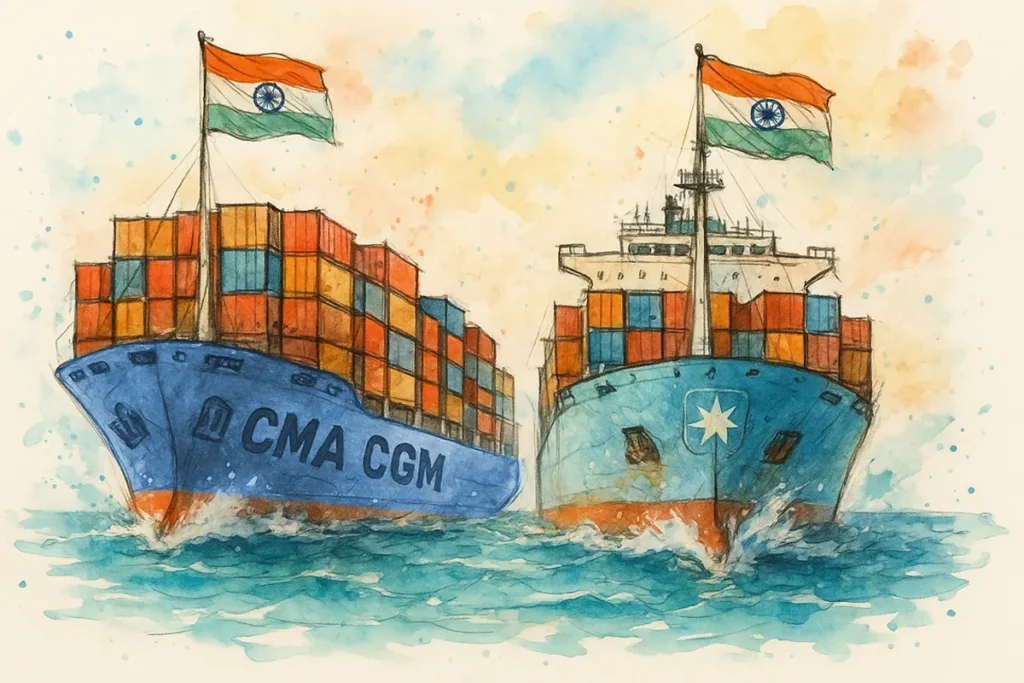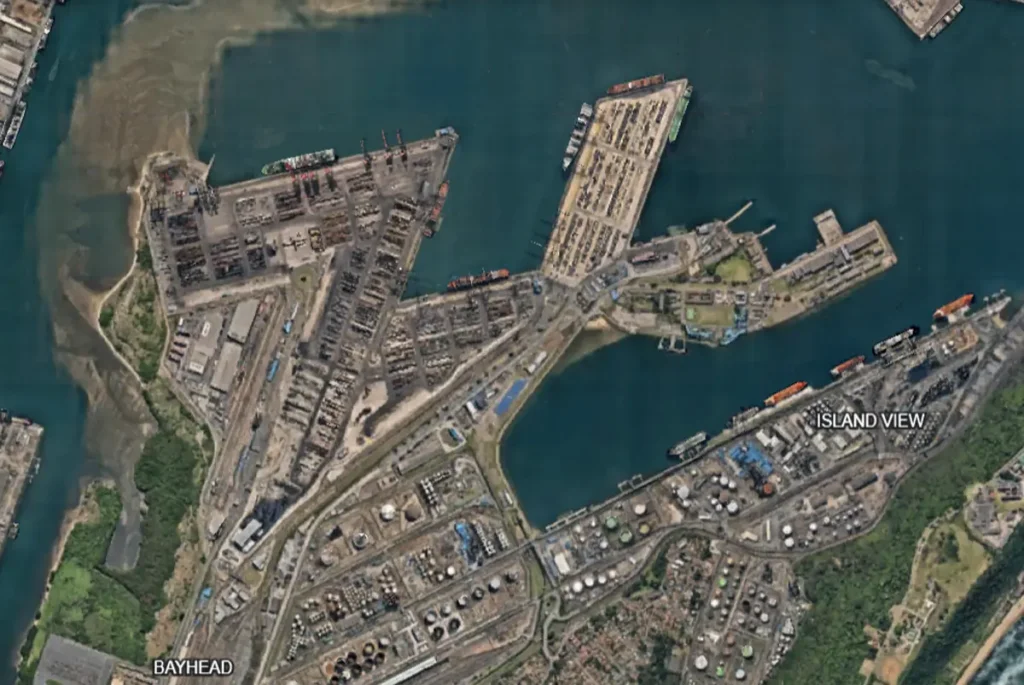The Asia-Pacific region continues to navigate the complex landscape of global trade and logistics as this freight market continues to be shaped by a myriad of factors.
The period from July to August 2024 has been particularly dynamic, characterized by fluctuating demand, capacity constraints, and the ongoing impact of global economic conditions.
This is as per Dimerco’s latest Asia-Pacific Monthly Freight Report for Jul-Aug 2024 which delves into the key aspects influencing the market while offering some strategic recommendations and future outlook for the 2nd Half of 2024.
Economic Indicators and Regional Manufacturing Trends
The Global Manufacturing Purchasing Managers’ Index (PMI) has remained steady at 50.9, signaling a balanced global manufacturing sector. However, within the Asia-Pacific region, the situation varies significantly.
India continues to show strong manufacturing growth, with a PMI consistently above 58. This growth is driven by robust domestic demand and expanding export markets, making India a key player in the regional supply chain.
In contrast, countries like Australia and Malaysia face challenges, with PMIs below 50 indicating a contraction in their manufacturing sectors. These economies are grappling with subdued domestic demand and external pressures, such as fluctuating commodity prices and trade uncertainties.
Airfreight Market Dynamics
The airfreight sector in the Asia-Pacific region is experiencing significant turbulence, influenced by both global and local factors:
Demand vs Capacity – The shift from ocean to air freight due to global port congestion and crises, such as the Red Sea incident, has led to a surge in demand for air cargo. This demand is further fueled by the rapid growth of e-commerce, particularly from China, where shippers are expediting inventory transfers to preempt potential tariff adjustments following the upcoming US elections.
Operational Challenges and Responses – The Microsoft outage impacting American carriers highlights the vulnerabilities in the air freight sector. This incident caused notable disruptions, reducing belly capacity on direct flights from Asia to the US.
In response, airlines have adjusted their strategies, including the segmentation of Block Space Agreements, to manage the increased demand efficiently.
Ocean Freight Market Shifts
The ocean freight market is witnessing notable shifts, driven by geopolitical developments and changes in global trade patterns:
The continued practice of blank sailings, particularly on the Trans-Pacific Eastbound routes, reflects carriers’ attempts to manage capacity and stabilize rates. However, these adjustments have led to significant variability in freight rates, with some trade lanes experiencing rate reductions due to increased capacity.
The geopolitical landscape, including tensions in key regions, has prompted carriers to adjust their service deployments. A notable shift from a China-centric focus to emerging markets like Southeast Asia and Latin America is observed.
This strategic realignment aims to tap into growing markets and diversify trade routes amidst uncertainties.
Regional Highlights
The market in Taiwan presents a mixed picture. While air freight to the US remains tight, with rising rates for urgent shipments, routes to Southeast Asia show stability. The ocean freight sector faces challenges with tight space, particularly for Southeast Asia-bound shipments, due to capacity reallocations.
The Southeast Asia region continues to experience high demand across both air and ocean freight sectors. Countries like Vietnam and Indonesia are dealing with significant capacity constraints and rising rates.
The intra-Asia lane, particularly from Malaysia and Thailand, faces severe congestion and equipment shortages, highlighting the need for early bookings and strategic planning.
On the Pacific side, the North American market, especially ports like Los Angeles and Long Beach are grappling with congestion due to IT disruptions while Dallas experienced disruptions to terminal processes due to cyber attacks.
Meanwhile, in Europe, the tight capacity and high rates on routes to Asia are consistent, with carriers managing capacity through blank sailings and service adjustments.
Strategic Recommendations and Future Outlook
As we move into the latter half of 2024, Dimerco recommends below actions in the Asia-Pacific freight market. Stakeholders are advised to:
- Secure Capacity Early – Given the ongoing capacity constraints, especially in the air freight sector, securing space well in advance is crucial. This is particularly important for high-demand routes such as China to the US and Europe.
- Monitor Geopolitical Developments – The geopolitical landscape remains volatile, potentially impacting trade routes and rates. Businesses should stay informed and adapt their strategies accordingly.
- Leverage Technology and Partnerships – Utilizing digital tools for real-time tracking and engaging with reliable logistics partners can help navigate the complexities of the current market. Collaboration with carriers and other stakeholders can ensure more predictable and efficient operations.
The Asia-Pacific freight market’s future will depend on how these factors evolve and how stakeholders adapt to the changing environment. With careful planning and strategic foresight, businesses can navigate these challenges and capitalize on emerging opportunities in this crucial region for global trade.
You can download the full report here.













